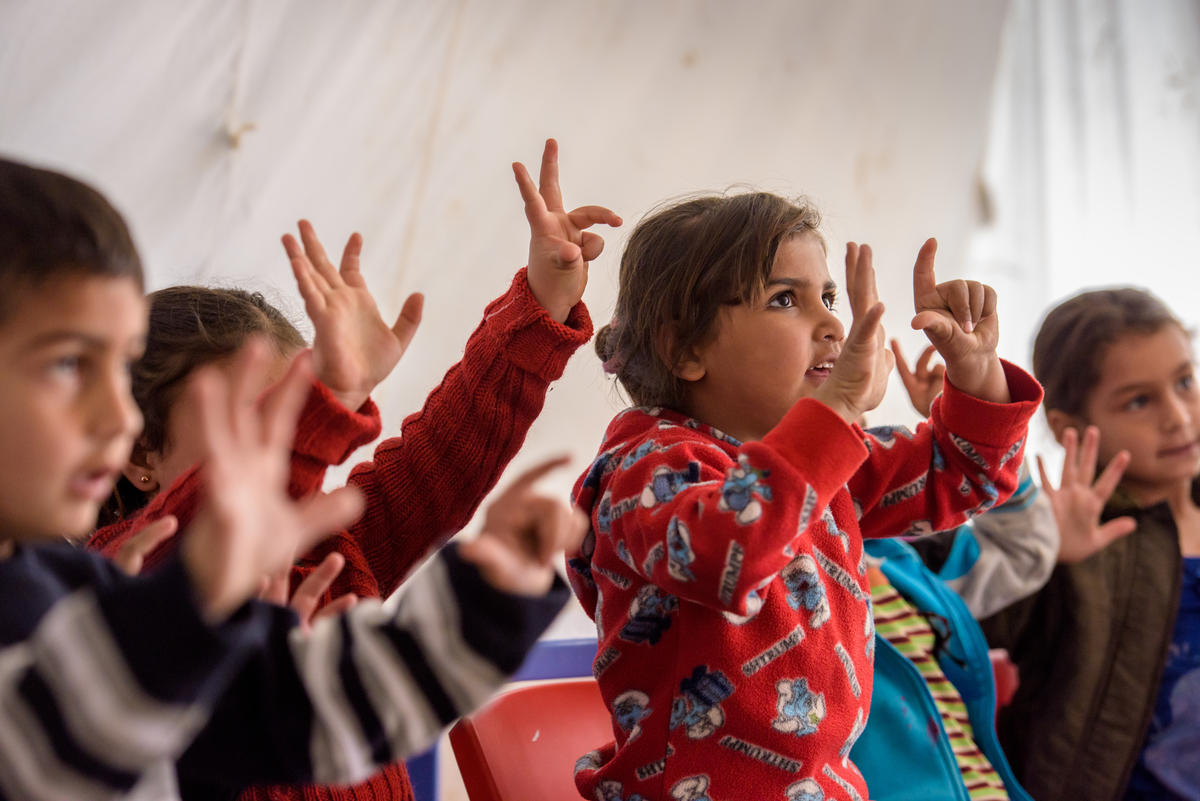How we help the world's most vulnerable children

What we do
Transforming vulnerable children's lives.
Protecting children most at risk
How, where and who we work with
Reports, publications, news and stories


Transforming vulnerable children's lives.
How we help the world's most vulnerable children
Protecting children most at risk
How, where and who we work with
Reports, publications, news and stories